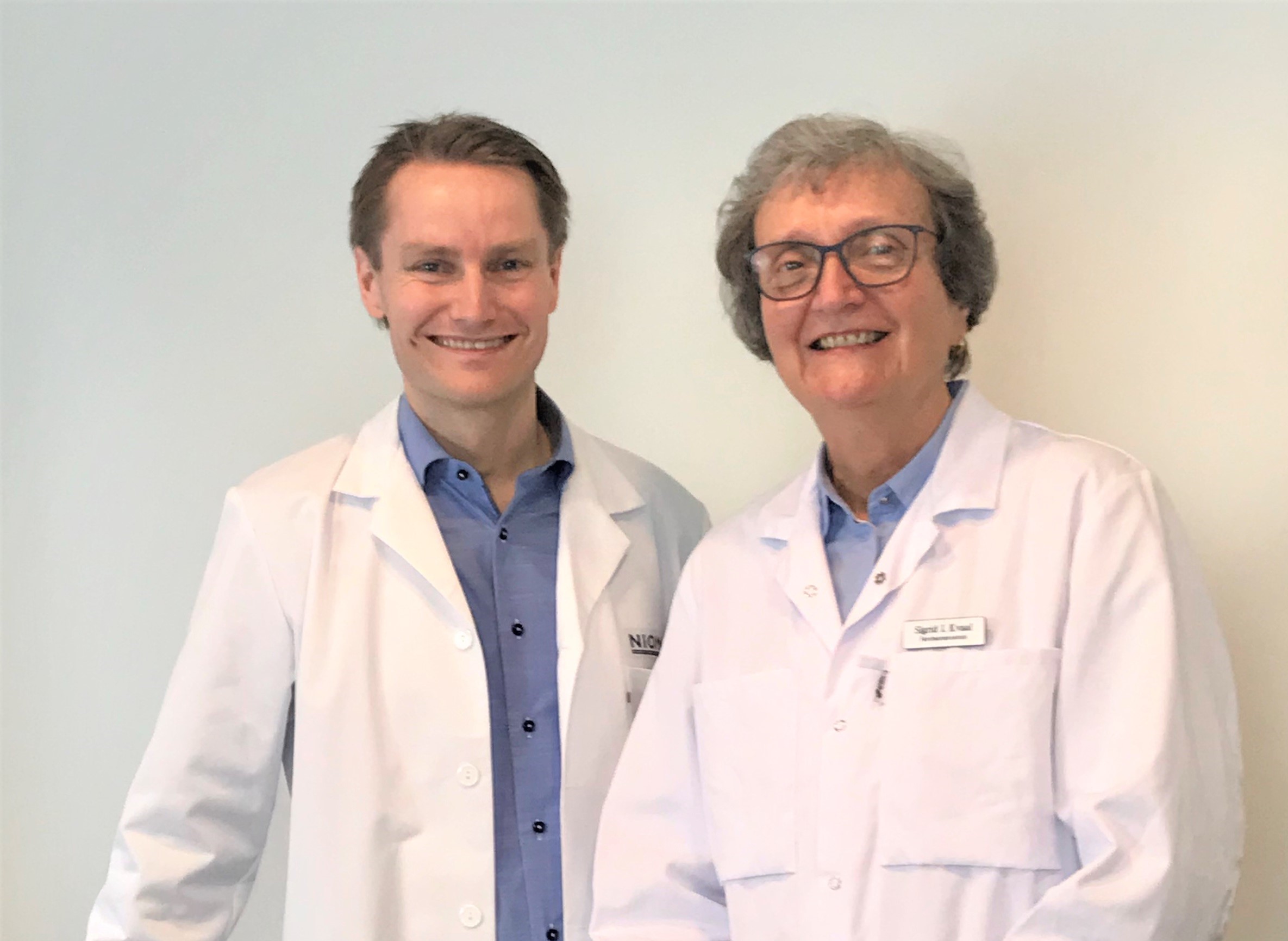Forensic odontology webinar – your questions answered
Webinar and answers by Simen E. Kopperud and Sigrid I. Kvaal.
Norwegian and Icelandic dentists get continuing educations points for viewing the webinar.
NIOM webinars are free and available on YouTube from about a week after the airing.

Monday 27th April 2020, NIOM presented a webinar on Forensic Odontology. After the webinar, the speakers were available for answering questions. Here are some of the most frequently asked questions:
- Q: What can I do to become a forensic odontologist?
A: That depends on which country you work in. If you work in Norway, we recommend that you contact Norsk rettsodontologisk forening and attend IOFOS courses. You can find more information on their webpages http://rettsodontologi.org/ or their Facebook page. Other countries may have other regulations.
- Q: What is the name of the book about tooth morphology that was presented in the webinar?
A: The book is “Teeth” by Simon Hillson.
- Q: Is there any other literature you can recommend to learn more about forensic odontology?
A: There will be a new online textbook, which is being prepared for publication this year. The title is “Forensic- Odonto- Stomatology.” You can find more information on the websites of the International Organisation for Forensic Odontology IOFOS. http://www.iofos.eu
- Q: Do you know where the woman found in Isdalen (Ice Valley) came from?
A: Based on all collected evidence, there are indications that she grew up on the border between France and Belgium.
- Q: How accurate are bite marks for identification? Any progress since “Torgersensaken” was reviewed in 2004?
A: That depends on the bite mark and how much evidence the mark can contribute. However, the possibilities for extracting DNA from bite marks have been improved.
- Q: What about teeth as a source of DNA for forensic identification; is this a reliable method?
A: Yes, DNA can be extracted from the dental tissue (pulp) and used for identification. The advantage is that these samples are not contaminated. However, the samples may easily be damaged if not handled properly.
- Q: I was very sad when I lost one of my patients in the tsunami 2004. I gave away all requested patient-related material. How would this be after GDPR entering the scene? Do you find dentists being more reluctant to cooperate?
A: No, most dentists are willing to contribute. Information in the dental record can only be released by the patient. When a patient is deceased (or missing and suspected to be deceased), the family will generally agree to release the necessary information.

Pictured: Senior Scientist Simen E. Kopperud from NIOM, and Associate Professor Sigrid I. Kvaal. Kvaal is dr. odont at the Dental Faculty at the University of Oslo. Kopperud works part time as a dentist and forensic odontologist for the Norwegian Armed Forces.
Watch the webinar on NIOMs YouTube channel here. https://www.youtube.com/channel/UC1MnzYE1nlV7ue-RYwxHxSg/videos
NIOM Newsletter May 2020
